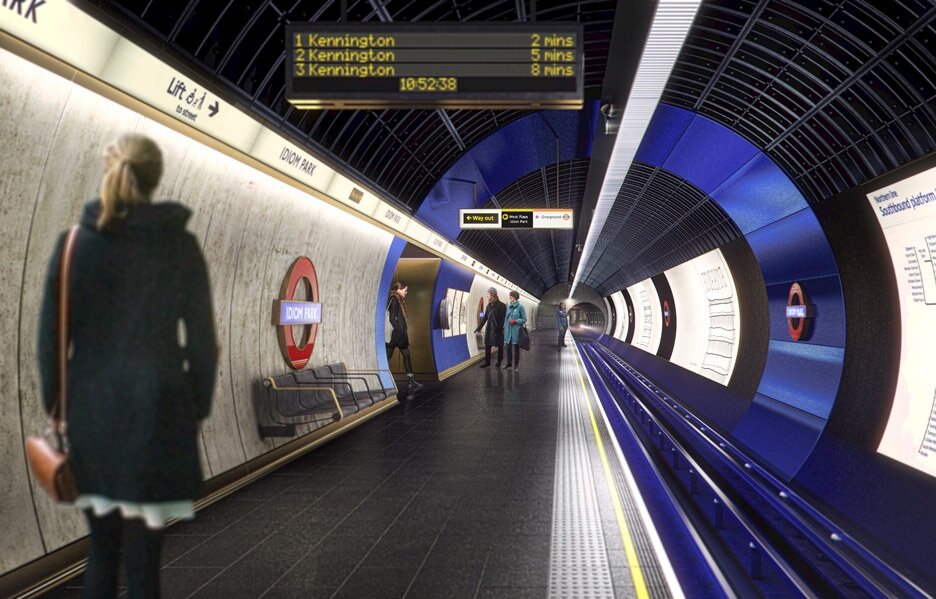When it comes to stress, changing your perception can change your reality
“Behind every seemingly technical problem is actually a human problem waiting to be found.”
-Eric Ries, entrepreneur-in-residence at Harvard Business School
In every aspect of your business, pain points create unnecessary behavioral friction and produce obstacles to growth. One of the more problematic pain points in any journey or process is uncertainty, which is a powerful driver of stress. The concave graph below* illustrates the relationship of stress to uncertainty (here, the probability of a negative outcome).
* de Berker, A.O. et. al. Computations of uncertainty mediate acutes stress responses in humans. Nature Communications. DOI: 10.1038/ncomms10996.
What’s interesting is that stress peaks at a 50-50 subjective probability of what we fear will happen, not at the 100-0 certainty that it will. It’s when it could go either way that our stress is highest - e.g., are we going back to the office or staying remote? Or what’s the plan if we go hybrid? This makes intuitive sense: if we feel something is either very likely - or unlikely - to happen, we deal with it and move on.
The opportunity lies in shifting the perceived uncertainty out of the peak zone around the 50-50 probability - which will dramatically change how the situation is experienced.
A surprising finding from numerous experiments is that in many cases you can reduce the perception of uncertainty without having to change the reality of the situation. A good example comes from the UK. Waiting on a London underground platform for the next train is often accompanied by the stress of uncertainty - worrying that the train has been delayed, wondering if you should wait or take an alternate route or even switch to a bus or cab.
This uncertainty could be reduced by changing the reality - say, by adding more or faster trains on busy routes. Or it could be reduced by changing the perception: by installing digital time boards that display the amount of time remaining until the next train arrives - which is exactly what Transport for London did. They didn’t change anything about the train or the tracks, they just reduced the uncertainty of waiting. Uber’s driver map does the same thing by displaying the visual progress of your driver - without in any way reducing the time it will take.
This is a valuable insight that can lead to surprising solutions which are cost effective: changing perception is usually much faster and cheaper than changing reality. Where is your workforce or your consumers feeling the stress of uncertainty? What can you do to quickly alleviate it?


